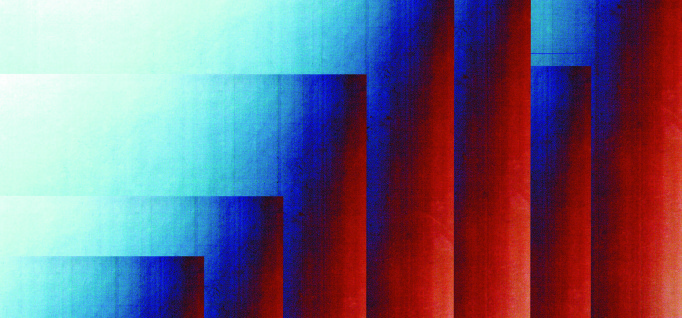A Better Math Placement Test in Virginia?
By Corey Murray
April 29, 2014
Research brief shows promising early returns for state’s new math placement test, but there’s a tradeoff to consider.
Looking to improve completion rates and reduce the need for remedial education, the Virginia Community College System (VCCS) is testing a new approach to math placement.
Called the Virginia Placement Test-Math (VPT), the assessment essentially aims to place students in developmental or college-level math courses after evaluating specific performance metrics tied to a chosen field of study. For example, students studying to become nurses or scientists are evaluated according to one set of standards, while students pursuing a liberal arts degree are tested in accordance with another set of metrics. In either case, the goal is to create a more equitable testing environment — one that is closely aligned with the individual needs of students.
A research brief from the Community College Research Center (CCRC) at Columbia University in New York examines early returns on the program. The brief suggests that the findings could help other community colleges that are considering similar pursuits.
Want to learn more about the approach so you can determine whether your college could benefit? Here’s a summary of the findings:
Two cohorts: Prior to the VPT, VCCS colleges used a single, one-size-fits-all assessment, known as COMPASS, to determine whether students were ready for college-level math. The CCRC brief considers findings from two distinct cohorts of students: One group took the standard COMPASS placement exam; the other group was evaluated using VPT. The research brief focuses on the outcomes of students who placed into college-level math before and after the state implemented its new testing protocol; it does not examine the outcomes of students who placed into developmental education.
Encouraging results: Overall, the research shows that a greater percentage of students placed into college-level math under VPT (43 percent) than under COMPASS (11 percent). Students testing into liberal arts programs saw their math-placement rates jump from 4 percent to 10 percent. Students testing into science, technology, engineering and mathematics (STEM) courses enjoyed an even larger bump — from 7 percent to 33 percent.
Not only did more students place into college-level math under VPT, but a higher percentage of students also went on to enroll in these classes. Overall, 29 percent of students evaluated using VPT went on to enroll in a college-level math course compared with just 7 percent evaluated via COMPASS.
The tradeoff: The numbers are eye-opening, to say the least. But as the brief’s author is quick to point out, the stats don’t necessarily tell the full story.
Though more students placed into college-level courses under VPT, the research demonstrates that conditional pass rates (we’re talking about students who received a C or better) actually declined under the program.
Overall, 69 percent of students who took COMPASS and went on to enroll in college-level math received a C or better. That’s compared with just 62 percent of students who enrolled in college-level math after taking the VPT.
What it means: At its best, VPT enabled more students to qualify for and enroll in college-level math courses. These enrollments contributed to higher overall completion rates. That’s a good thing, according to the brief. But here’s the rub: Lower conditional pass rates suggest more students are doing just enough to get through the system. To improve these scores, the author suggests that colleges consider offering additional advising or tutoring programs. The author also points out that other variables, such as changes to math prerequisites, enrollment shifts and new transfer requirements may have had an impact on the results. Still, the findings are significant.
Has your college considered a new approach to math placement as a way to reduce the number of students who test into developmental education?









